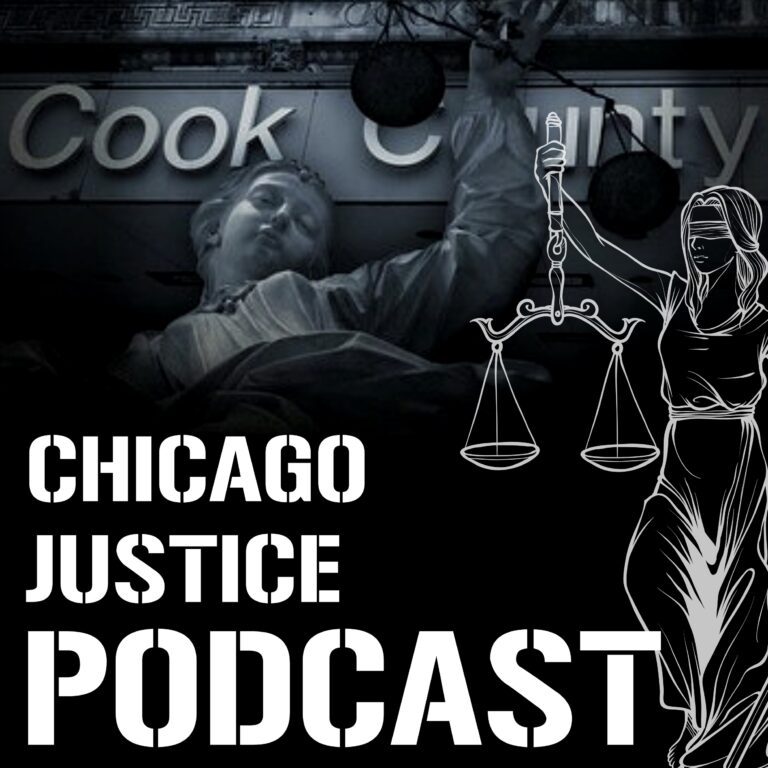

It is without question that the Burge era holds a lasting effect on the Chicago Police Department and its culture, regardless of the administration’s acknowledgment of inhumane and unlawful practices exercised by its officers. Today, over 26 years since Jon Burge was fired from the Chicago Police Department, Police officials continue to struggle in the divide between the administration and the citizens the department works to keep safe.
Administrative responses to police accountability concerns represents a key determinant in both the perception and relationship the general public, media agencies and other administrative offices have to the police department. This relationship relies on a level of transparency both for the police department and the agencies that assist them in administering justice.
Most presently, the Fraternal Order of Police’s open letter to Cook County State’s Attorney Kimberly Foxx stands as a prime example of the current state of the relationship that has developed between the public and Chicago’s Police Department as President of Chicago’s Fraternal Order of Police Kevin Graham concludes:
“A deep mistrust now exists between your office and ours. We no longer believe that your office will treat our members fairly either in the arrests they make or when they are victims of crimes.”
“We are therefore demanding that all cases in which our members are the victims of crimes or accused of misconduct be turned over to an independent special prosecutor. This is the only way we can guarantee fair treatment to our members.”
As noted in Perspectives on Policing, A publication of the National Institute of Justice, U.S. Department of Justice, and the Program in Criminal Justice Policy and Management, large police systems such as the City of Chicago’s have operated most effectively through an elaborate command and control mechanisms.
Open letters to other governmental organizations such as the State’s Attorney’s Office, express the first clear advantage that the CPD’s command and control mechanism hold in responding to civil disturbances and large scale disputes; however, it is the “leave (us) alone—let us do (our) work” mentality that fosters “suspicion, isolation, insularity, demeaning perception of citizens, grumpiness, the “blue curtain” and cynicism,”2 which further divides police from its citizens.
The three pillars of successful responses to managing police culture identified by George L. Kelling, Robert Wasserman, and Hubert Williams help to explain the growing distrust of Chicago Police and its citizens. They identify leadership through values, accountability to the community, and administrative mechanisms of control as the primary factors that police departments hold in managing the police culture within their city.
Leadership Through Values
As with any organization, the Chicago Police Department’s integral values can be found in every member from the Superintendent of Police to first year patrol officers. The CPD holds the values of professionalism, integrity, courage, dedication and respect as their five core values, which simultaneously work “to serve our communities and protect the lives, rights, and property of all people in Chicago.”3
However, as Perspectives on Policing note, even positive values can conflict. Loyalty to peers, for example, in the effort of maintaining high professional practice, can cause officers to turn a blind eye, creating the “blue curtain” that is created when officers and police officials attempt to protect fellow officers from corruption, misconduct or potential backlash.
Primarily, the FOP is ineffective in managing the negative and even suspicious police culture of Chicago as conflicts such as the 2014 murder and coverup of 17-year-old Laquan McDonald demonstrate that the Chicago Police Department cannot publicly lead through values.
Similarly, in more recent cases such as the ongoing trial of Retired police sergeant Kenneth Boudreau in accusation of over 40 reports of abuse in police interrogations, the responses of FOP officials to ignore the possibility that perhaps one of the forty allegations are true stands as a direct conflict to the CPD core values in favor of the “blue curtain” dividing the people from their administration.
Accountability to the Community
For Kelling, Wasserman and Williams, Accountability to the Community implies a new relationship to the community in which police departments establish an understanding with communities. In other words, accountability to the community means engaging both citizens and police in dialogues to raise awareness of shared communal concerns as a means of helping both sides of the table effectively carry out their respected duties.
Recently, through rhetoric of anti-police paranoia, the Fraternal Order of Police is unable to hold accountability to the community. Writing in their blog, The Watch, “left wing media promotes the anti-police movement” that make it seem as if “we are not doing our jobs.”
For this reason, headlines such as “Police union accuses ‘media bias’ of painting police shooting as unjustified”4 and “The FOP is a threat to Kim Foxx-led police reform in Chicago”5 flood local news channels. With such a strong conviction that the media is gridlocked with the police department, the FOP cannot reach any accountability to the community.
Both the police department and civilians holds individually unique roles in upholding the CPD’s values through accountability reforms. With both sides of the scale at odds, however, neither effective communication not reform is possible.
Administrative Mechanisms of Control
Supervision of police is essential to improving the quality of police services. Organizations such as the Civilian Office of Police Accountability work to promote this supervision as a means of promoting transparency and ensuring the safety of police services. As well as ensure that allegations of police misconduct are justified.
Similar to civilians, these organizations’ play an important role in the reform and practice of the city’s police department.
However, similar to the FOP’s relationship to the media, COPA and the police stand at gridlock, closed off from open dialogue or understanding.
Most recently, the FOP accused COPA of suppressing evidence of an expert witness in the Robert Rialmo case in which officer Rialmo shot and killed Quintonio LeGrier and an innocent bystander, Bettie Jones.
If the police are at odds with the oversight organizations that are intended to keep them in check, the police department cannot initiate other methods of administrative control such as training, audit mechanism and discipline, which aid in the reformative processes that increase transparency and promote open dialogue with citizens.
Ultimately, the three leading factors police administrators hold in influencing police culture help to better understand the current state of the relationship between the people and police in Chicago.
It goes without saying that these factors ideally guide police agencies in decision making. Of course, implementation of theory into practice is never perfect, and the time since Jon Burge has greater separated the police from the people they protect. Regardless, these factors are the foundation that police agencies, media, elected officials, and the public must take part in in order to keep law enforcement agencies accountable.
Footnotes
- Guarino, Mark (October 2, 2014). “Disgraced Chicago police commander accused of torture freed from prison”. The Guardian.
- GeorgeL. Kelling, Robert Wasserman, Hubert Williams, Perspectives on Policing (1998)
- http://directives.chicagopolice.org/directives/data/a7a57bf0-12e6d379-71512-e6d5-9e3d1c3316a9aa46.html
- https://chicago.suntimes.com/2018/7/16/18410050/police-union-accuses-media-bias-of-painting-police-shooting-as-unjustified
- https://www.chicagotribune.com/opinion/commentary/ct-perspec-kim-foxx-fop-reform-john-legend-neill-franklin-20190416-story.html



